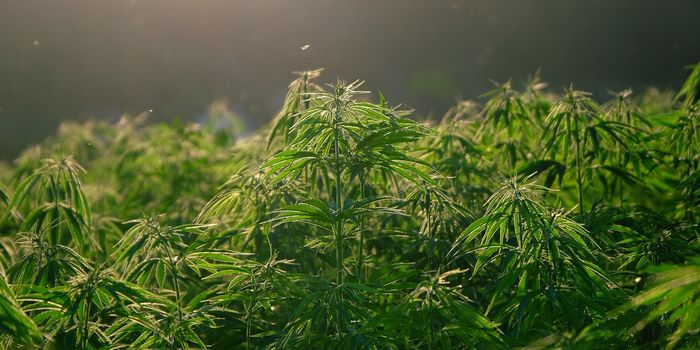Squirrels who gamble might have better fitness
“Survival of the fittest” is a term most of us know and often use, albeit usually incorrectly. Many think that it refers to the strongest, healthiest organism, but this is slightly incorrect. In biology, the term refers to evolutionary fitness, which describes natural selection where the idea of fitness is based on reproductive success. In other words, survival of the fittest is most simply about whether an organism produces viable offspring (also, the term was coined by Herbert Spencer, not Charles Darwin).
Survival of the fittest—more accurately, survival of the most fit—is seen across the natural world. But animals that live in highly variable environments must play the fitness lottery. Meaning, they need to perform a cost-benefit analysis centered on how to pass on their genes in the face of environmental obstacles. One animal of particular interest with regard to this phenomenon is the red squirrel.
A new study led by Lauren Petrullo from the University of Michigan suggests that the squirrels who gambled during reproduction outperformed those who did not, even if the gamble came with a short-term cost. In many areas of the world, including the Canadian Yukon where the red squirrels used in this study live, there is something known as a “mast year.” Mast years refer to a food source boom that occurs every five to seven years. Red squirrels’ main food source is the seeds from the cones of white spruce trees, which produce many more seeds during a mast year thereby drastically increasing the food supply.
Previous research has shown that the squirrels plan for these mast years and during those years, they increase their litter sizes, knowing that there is a better chance of survival for their babies and themselves. But, the research team discovered that some female squirrels have large litters when there is not a mast food event, meaning there isn’t enough food for all of the babies to survive. Since pregnancy and birth is so costly to mom, why would she opt to have larger litters knowing that they will not all survive?
Petrullo and colleagues found that the answer was in gambling. Some squirrels do play it safe and keep their litters small. But for those that played the game and had a larger litter on an off-year, there was a greater long-term effect, where they had greater lifetime fitness.
The average squirrel lives for about 3.5 years, while masts happen about every 4-7 years. There was not much to lose for the squirrels who gambled and had a big litter in a non-mast year. Yes, some pups died, but generally, the same number of pups survived as would have if it were a smaller litter. Conversely, there was a huge cost for the squirrels who did not increase their litter size during a mast year since they effectively missed the jackpot. The small litter during a mast year ends up being incredibly costly, and the research team found that it was essentially impossible to make up for missing a mast year, as squirrels generally don’t live long enough to see a second mast. Therefore, the study concluded that to be the fittest, the squirrels’ best chance was to go for the bigger litter and avoid the cost of missing the mast completely.
The study, which used data gathered from over 1,000 female squirrels collected with the Kluane Red Squirrel Project, will ultimately help researchers better understand the relative costs and benefits of fitness choices. While there is much to understand about how squirrels forecast mast years, this study highlights the importance of animals using environmental clues to make reproductive decisions.
Source: British Library, Science, Kluane Red Squirrel Project, The University Record (U Michigan), St. Albert Gazette









